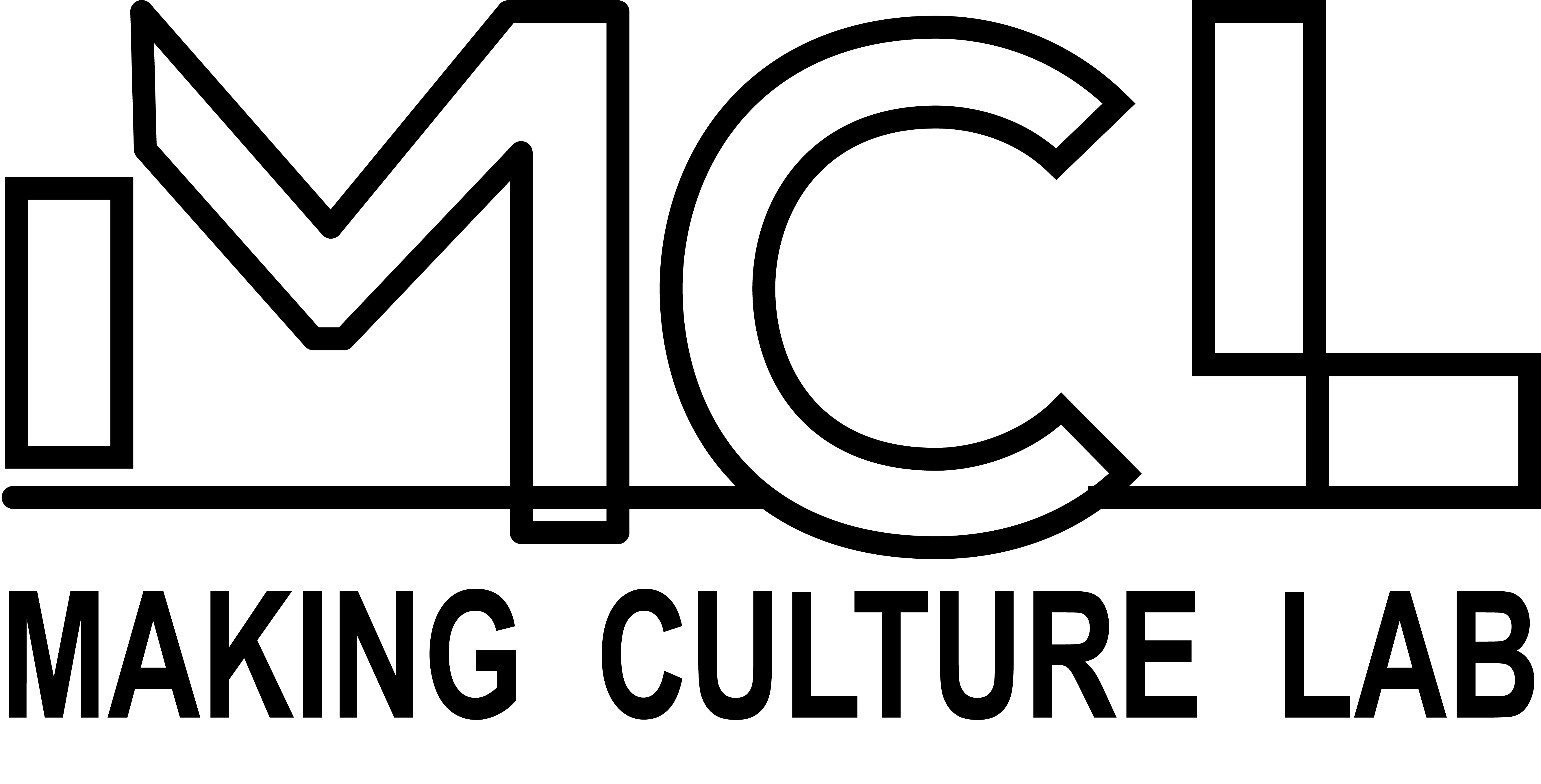20/20 for #MMXX – paper chosen as one of 20 most influential MWEB papers in 20 years.
We were really excited to see that our paper “Virtual Repatriation and the Application Programming Interface: From the Smithsonian Institution’s MacFarlane Collection to ‘Inuvialuit Living History’” was selected as one of the 20 top papers from 20 years of Museums and the Web proceedings for an #MWXX anniversary e-book, forthcoming.
Our paper was chosen by Vince Dziekan, Director of Programme, Graduate Research in Design, Monash Art Design and Architecture (MADA), Monash University, and Curator, MWX – the exhibition initiative of Museums and the Web.
Virtual Repatriation and the Application Programming Interface: From the Smithsonian Institution’s MacFarlane Collection to ‘Inuvialuit Living History’.
Kate Hennessy, Nicholas Jakobsen, Ryan Wallace and Charles Arnold.
Abstract:
Digitization is providing heritage institutions with a range of possibilities for sharing curatorial and ethnographic authority with originating communities. More than creating access to collections, institutional practices of making digital collections public have opened spaces for virtual repatriation and the production of alternative representations of tangible and intangible cultural knowledge. In 2009, a delegation of Inuvialuit elders, youth, cultural workers, and media producers traveled with anthropologists to the Smithsonian Institution\’s National Museum of Natural History to view and document the MacFarlane Collection, the most significant collection of Inuvialuit material culture. In the months after the visit, the group worked with Smithsonian curators and developers of the Reciprocal Research Network (RRN) (http://www.rrnpilot.org) to make the MacFarlane Collection\’s digital records available for the Inuvialuit production of a virtual exhibit. The exhibit producers leveraged the RRN\’s API (Application Programming Interface) to remediate publicly available institutional data as a virtual repatriation of the collection. \”Inuvialuit Living History\” demonstrates ongoing connections between the MacFarlane Collection and contemporary Inuvialuit knowledge and cultural practice. In the process, new questions are raised about histories of ownership, the possibility of repatriation, and opportunities and challenges associated with the virtual repatriation of cultural heritage.

